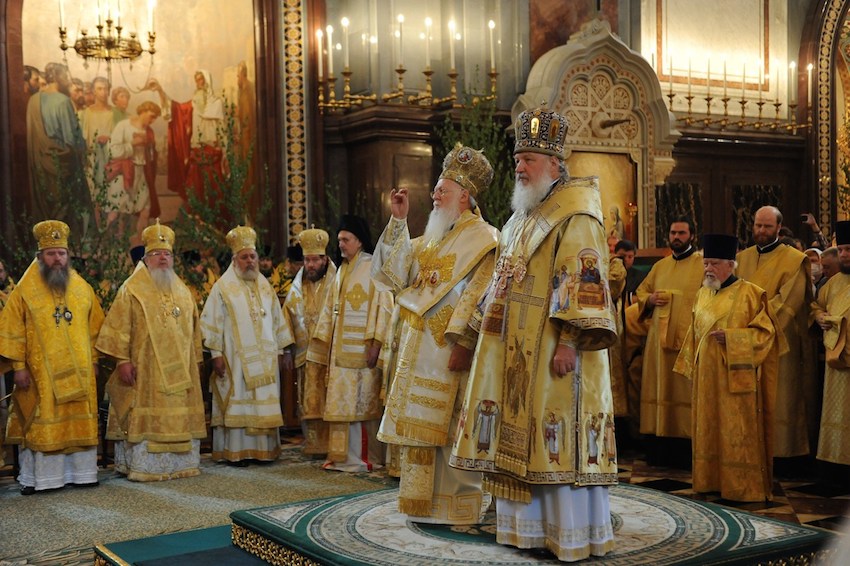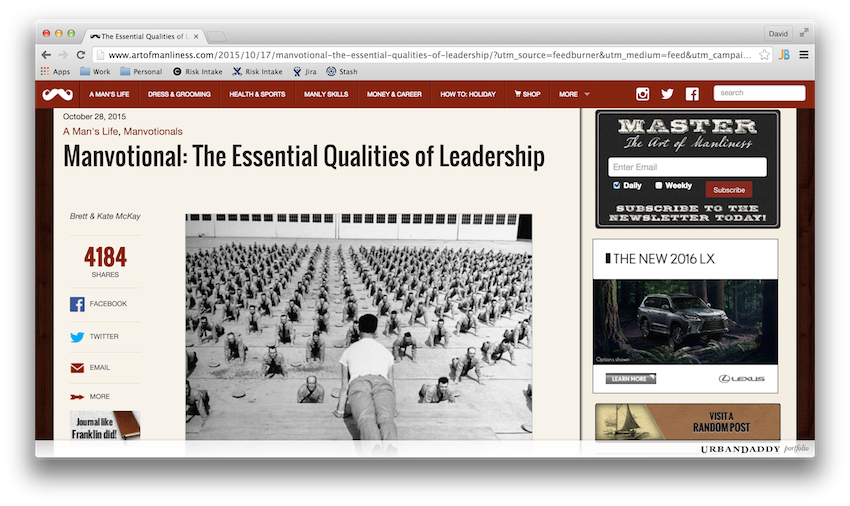Welcome to the Year of Mercy!

I know I said I wasn’t going to be blogging, but here are some memes I created to mark the beginning of the Year of Mercy. I hope you like The Karate Kid…
Please share your favourite 🙂
"We are travellers…not yet in our native land" – St. Augustine

I know I said I wasn’t going to be blogging, but here are some memes I created to mark the beginning of the Year of Mercy. I hope you like The Karate Kid…
Please share your favourite 🙂

Today I went to Confession. I try and go at the start of each month. I don’t know about you, but whenever that time rolls around, I almost always have an interior battle with myself:
“Do I really need to go to Confession? I mean, it wasn’t that long ago since I last went. It’s not like I’ve done anything that bad this last month. Wouldn’t it be better to wait until I’ve got something a bit more substantial to confess? After all, I don’t don’t want to waste the priest’s time with trivialities…”
Of course, sometimes the battle goes in the other direction:
“Ugh…it’s time to go to Confession again already?! I can’t believe how much I’ve messed up in the space of a few weeks. If I go, I’m going to have to re-confess everything from last time, plus a few extras. No, I really can’t go to Confession with my life in such a mess. I should wait until I’ve got things more under control…”
The problem with both of these internal monologues is that they both fail to recognize the grace available to us in the Sacrament of Confession.
As I was driving to the church today, I was reminded of a story told by Ravi Zacharias in Jesus among other gods, a work from which I’ve quoted quite in recent weeks. In the book Ravi tells the story of Andy Harris, a mountaineer who tackled Mount Everest. This adventurer unfortunately stayed too long at the peak and on his descent he started to get short on oxygen. He radioed the base camp to tell them the situation. In response they told him to use the oxygen tanks which he had in his pack. Unfortunately, by this time, the lack of oxygen had started to affect Andy, rendering him confused and disoriented, so much so that he was completely convinced that the tanks he had with him were empty. His friends begged him to use them, but resolute that they would be of no use to him, he refused. He died on the mountain.

What spiritual lesson can we draw from this tragic story? Without sanctifying grace in our lives, our minds and consciences become confused and disoriented. As we fall deeper into sin we only become more befuddled. The longer we remain in our diseased state, the harder it is for us to receive the medicine needed to effect a cure. Left untreated, we even begin to doubt the benefit of the medicine available to us, so much so that we spiritually die, all the while having the remedy within easy reach.
Advent begins today and I would invite you all to begin this time of preparation by going to Confession. In the days leading up to Confession you will no doubt experience something of the battle I described at the beginning of this post. Remain steadfast. There is grace in the Sacrament to help you in your walk with God. Trust in the power of the Sacrament given to us by Christ. Confess fully and truthfully without making excuses, “lest having come to the Physician, you depart unhealed”*. There is no sin you have committed which is too great for God to forgive.

It’s time for another Manvotional from Art of Manliness to be recorded onto MP3. I actually think this is my favourite one to date…
Manvotional (Download)
“Water Lily” Kevin MacLeod (incompetech.com)
Licensed under Creative Commons: By Attribution 3.0
The unaccompanied MP3 is available here.

Yesterday morning I was standing outside of a Planned Parenthood clinic and, as we prayed the rosary, I was reminded of a video I saw a few weeks ago and I made a mental note to share it here today. The video was of Debbie Wasserman Schultz, an American Politician, being interviewed about her children…
Here’s a transcript of the interview with my comments interspersed:
Interviewer: In your opinion, were [your children] human beings before they were born?
This is a simple question. It deserves a simple “Yes” or “No” answer. Of course, the answer is obvious: yes! Of course, they were human beings before they were born, it’s a simple matter of biology. They were living organisms with human DNA – they were therefore human.
Schultz: You know, I believe that every woman has the right to make their own reproductive choices.
Notice how a simple question was completely avoided. Instead of an answer, we were treated to a political slogan.
Interviewer: But what did you believe about your children?
The question is politely repeated…
Schultz: That I had the right to make my own reproductive choices, which I was glad to have and which I was proud to have.
Again the question is avoided. However, her response dresses in very nice language her rather distressing viewpoint, that she had the right to kill her children if she had so desired.
Interviewer: So were they human beings? Just yes or no.
Yet again, the question is politely repeated…
Schultz: They’re human beings today, and I’m glad I had the opportunity to make my own reproductive choices, as — a right that every woman has and should maintain.
So if they’re human beings today, what on earth were they before? Ants? Elephants? Dolphins? What species transitions into humanity? Aren’t we pro-lifers meant to be the ones who are unscientific? Sheesh…
I look back over this interview and marvel. I understand why this politician responds in the way she does – her philosophy demands it…even if it makes her look rather silly. Since she is in favour of “reproductive choices”, she is forced to avoid answering basic biological questions…because to do so honestly would bring her worldview into sharp conflict with reality.

I’m winding down for the evening, but I wanted to quickly share something from Divine Liturgy this morning. The Gospel today on the Byzantine Calendar was the healing of the woman with a haemorrhage:
And there was a woman who had had a flow of blood for twelve years, and who had suffered much under many physicians, and had spent all that she had, and was no better but rather grew worse. She had heard the reports about Jesus, and came up behind him in the crowd and touched his garment. For she said, “If I touch even his garments, I shall be made well.” And immediately the hemorrhage ceased; and she felt in her body that she was healed of her disease. – Mark 5:25-29
As I heard the Scriptures proclaimed today I had an epiphany, seeing an Old Testament connection to this passage which I had not previously seen:
And when [the priests] go out into the outer court to the people, they shall put off the garments in which they have been ministering, and lay them in the holy chambers; and they shall put on other garments, lest they communicate holiness to the people with their garments – Ezekiel 44:19
As you can see, in the Old Covenant the garments of the priests where to be kept away from the rest of Israel, but what a wonderful reversal we have with the New Covenant! Jesus, “our Great High Priest”, goes about among His flock, freely available to the people, with His vestments bringing healing and holiness.
There’s a beautiful practice in the Eastern Churches which is inspired by today’s Gospel. I first saw it at my old Ruthenian parish, but I’m told that it’s more common in Melkite and Antiochian churches. As the priest passes along the aisles, you’ll occasionally see members of the congregation reach out and touch the priest’s vestments, made holy not by his own sanctity, but by virtue of the office given to him by Christ through the Church.


It’s time for another Manvotional! A couple of weeks ago, the Art of Manliness posted an a section of a 1946 Army manual. I’ve recorded it onto MP3 below.
Manvotional (Download)
“Clenched Teeth” Kevin MacLeod (incompetech.com)
Licensed under Creative Commons: By Attribution 3.0
The unaccompanied MP3 is available here.

I never thought that going to Matins would generate so many blog posts! So…today I sat next to this icon of the Nativity:
In the centre of the icon is Mary the Theotokos, with the infant Christ in a manger, together with some animals (“The ox knows his owner, and the donkey his master’s crib” – Isaiah 1:3). These figures are not in a stable, but in a cave, which reflects the Eastern tradition as well as the practice of the time for keeping animals. Above the cave are the other well-known nativity characters: angels, shepherds, and wise men following the star.
However, what I didn’t understand were the scenes depicted on the bottom-left and bottom-right corners of the icon. In the bottom-left we see St. Joseph sitting by himself with an odd look on his face and in the bottom-right there’s an illustration of what looks to me like an infant baptism taking place. What do these scenes represent?